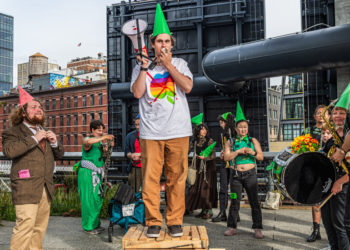This ain’t your garden-variety travel headache.
New Jersey is on pace for a nightmare summer spanning planes, trains and automobiles — as sinkhole-ridden highways, persistent chaos at Newark Liberty International Airport and a likely transit strike threaten to upend travel plans at the worst possible time.
And there are no easy, or quick solutions in sight.
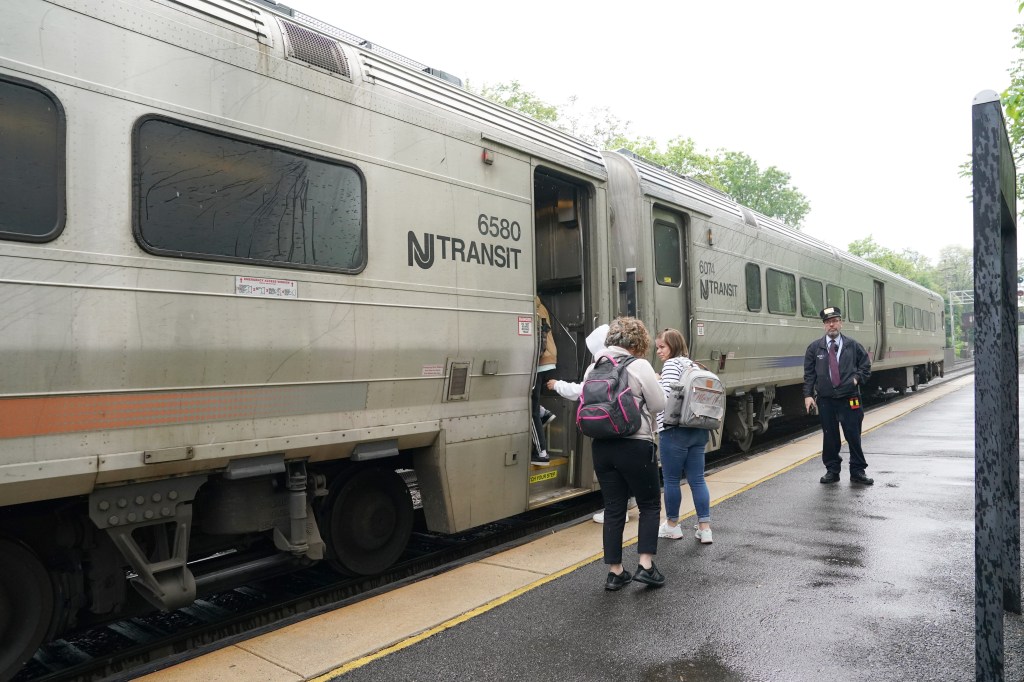
As the clock ticked down Thursday to the first NJ Transit rail strike in 40 years, one expert told The Post that efforts to remedy the labor dispute — which would see 350,000 daily riders stranded — are the lucrative contracts being handed out by the MTA just across the river.
But even if a last-minute deal is reached, the confluence of problems has made the Garden State ground zero for delays, traffic jams and flight cancelations — with the potential for even more in the pipeline.
Either way, Jersey commuters are having to build in more time to get into the city — and shell out even more money for tolls, cabs or parking.
“I don’t have the option to work from home,” said Lisa Monroe, 53, who takes NJ Transit trains into New York City five days a week.
Between tolls, congesting pricing and parking, she’ll have to pay $425 a week to get to work if the trains stop, she estimates — and she’s not sure she can afford it.
“Honestly, I don’t know what I’m going to do. It sounds like I’m going to be paying a lot of money,” she said.
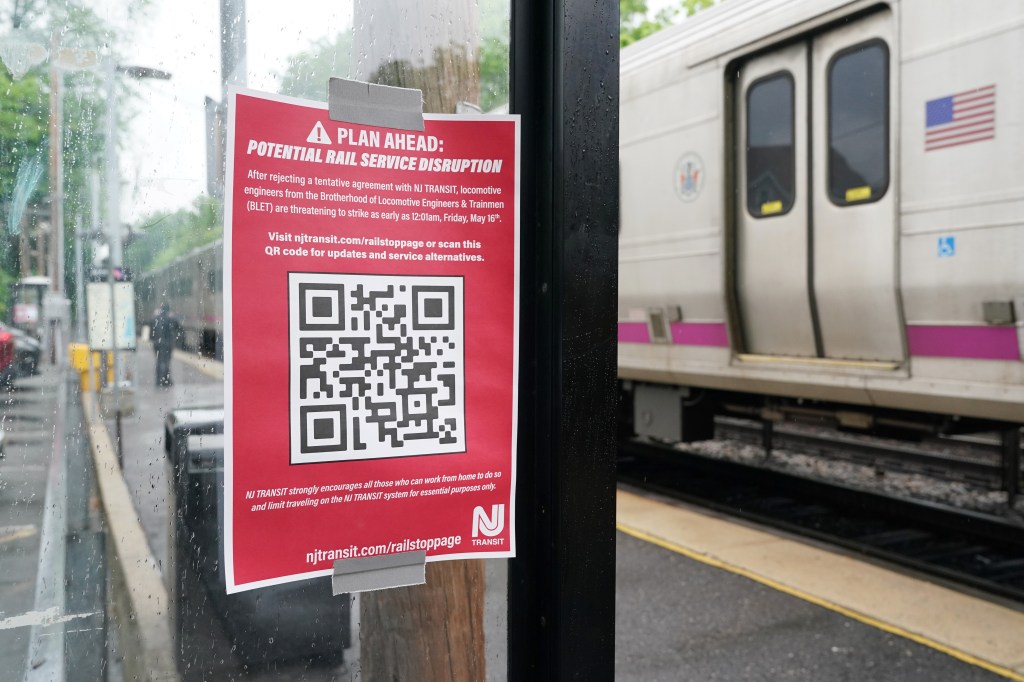
Trouble on NJ Transit
NJ Transit has suffered cascading problems in recent years, from an aging fleet of trains, chronic reliability issues, cost overruns and a more than $750 million budget hole.
The agency, which has proposed a $3.2 billion budget for fiscal year 2026, has been engaged in tense negotiations with the Brotherhood of Locomotive Engineers union, which has gone without a raise since 2019 — even as inflation has surged more than 20%.
The deadline to reach a deal was midnight Friday morning.
“There are no replacement workers, and it’s definitely going to involve interruptions in service — NJ Transit is being very clear about that,” Micah Rasmussen, Director of the Rebovich Institute for New Jersey Politics and a former communications director for ex-NJ Gov. Jim McGreevy told The Post.
“It’s not as if service can just be cobbled together on a shoestring, and they know that. I think it’s going to be ugly,” Rasmussen said.
A source familiar with the ongoing discussions between NJ Transit and the union told The Post that although there had been setbacks, there have also “been some real bargaining going on,” but that “whether they have enough time to get it done remains to be seen.”
Brotherhood of Locomotive Engineers general chairman Tom Haas said during negotiations on Wednesday that he was “optimistic” an agreement can be reached, the source said, noting that what’s being sought is a raise for 450 people, including trainers.
Around 800,000 passengers take NJ Transit buses and trains on a typical day, according to the company, translating to about 270 million riders annually. If they were suddenly forced to make other travel plans, it could create a congestion nightmare on roadways statewide.
The current labor dispute only involves NJ Transit trains.
Rasmussen also pointed to what he called a “tale of two systems,” comparing NJ Transit with New York’s MTA.
“I don’t want to claim MTA is flush, but you see the difference in terms of a contract, you see the difference in terms of breakdowns per-mile in terms of reliability,” he said.

“There’s a very profound difference between a system that replaces its rail cars regularly and a system that doesn’t. Or a system that has the money to pay a contract with top salary and a system that doesn’t.”
Commuters told The Post they’re already trying to figure out alternatives to public transit should the strike still happen — and the options are rough on the pocketbook.
Jasmin Boone-Alexandre, 28, who normally takes an NJ Transit bus into Manhattan, said she’s likely to start driving to avoid the inevitable overcrowding — but will need to leave an extra hour early to make sure she gets to work on time.
“It does suck, but you got to get to work!” she said.
Newark airport plagued by delays, equipment failures
Newark Liberty International Airport, the second busiest airport in the New York area, has been beset by problems including equipment failures, air traffic controller staffing shortages and a protracted construction project closing one of its main runways.
Last month, air traffic controllers lost radar and communications for a terrifying 90 seconds due to a burned-out copper wire, resulting in a domino effect that affected thousands of flights in the days that followed.

Last week, the FAA issued a 45-minute ground stop at the New Jersey airport following an outage at one of its air traffic control facilities — resulting in dozens of cancellations and delays. A few days later, dozens of flights were canceled after still another outage at Newark’s air traffic control facility.
The airport has seen hundreds of flight delays, diversions and cancelations over the last few months alone, with no end in sight.
US Transportation Secretary Sean Duffy has ordered a reduction of traffic at the airport for the “next several weeks,” insisting that it’s safe to fly out of New Jersey’s busiest airport, despite it using an “old” system, which he previously described as being run on “copper wire and floppy disks.”
Duffy also blamed his predecessor, Pete Buttigieg, and the Biden administration for the ongoing problems at Newark, accusing them of failing to update the airport while in office and bungling last year’s move of air traffic control from New York to Philadelphia.
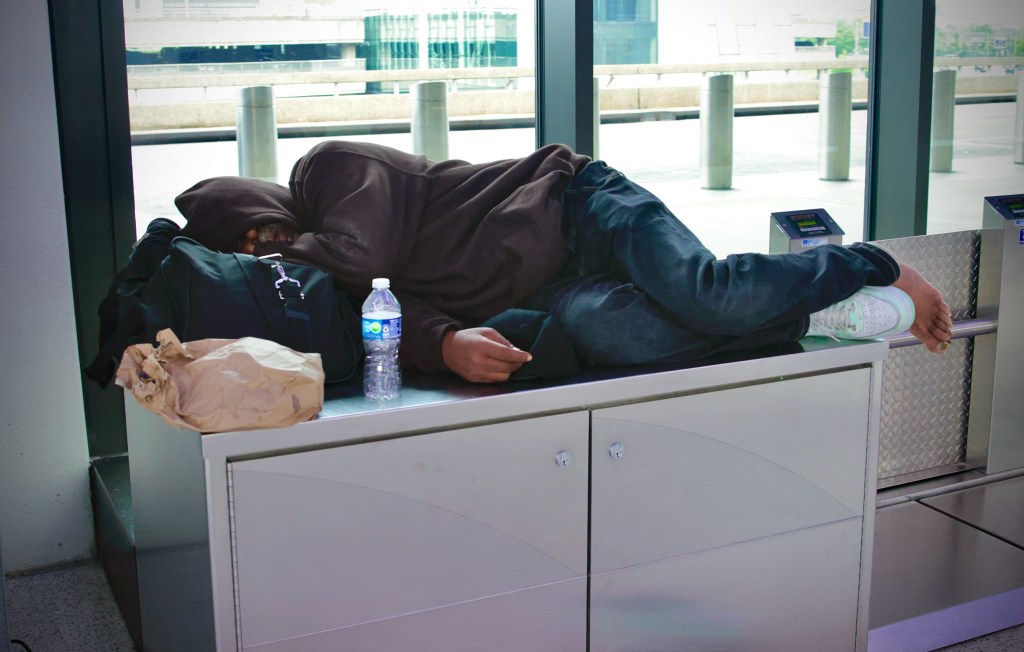
Sen. Amy Klobuchar (D-Minn.) said in a Commerce, Science, and Transportation Committee hearing with FAA officials this week that the problem is only going to get worse.
“As pointed out by my colleagues, so many problems at Newark, and as I go into the summer season, it’s hard to believe that they won’t get worse — and then just across the country,” she said.
Route 80 becomes sinkhole city
Sinkholes opening up on Interstate 80 in New Jersey have caused significant headaches for motorists, leading to lengthy road closures as the Department of Transportation works to repair them.
At least three sinkholes have appeared on I-80 since the winter, according to the Bergen Record, one measuring 40-feet by 40-feet. The DOT has identified nearly 200 more potential voids beneath the roadway that will need to be assessed and inspected to ensure motorist safety.
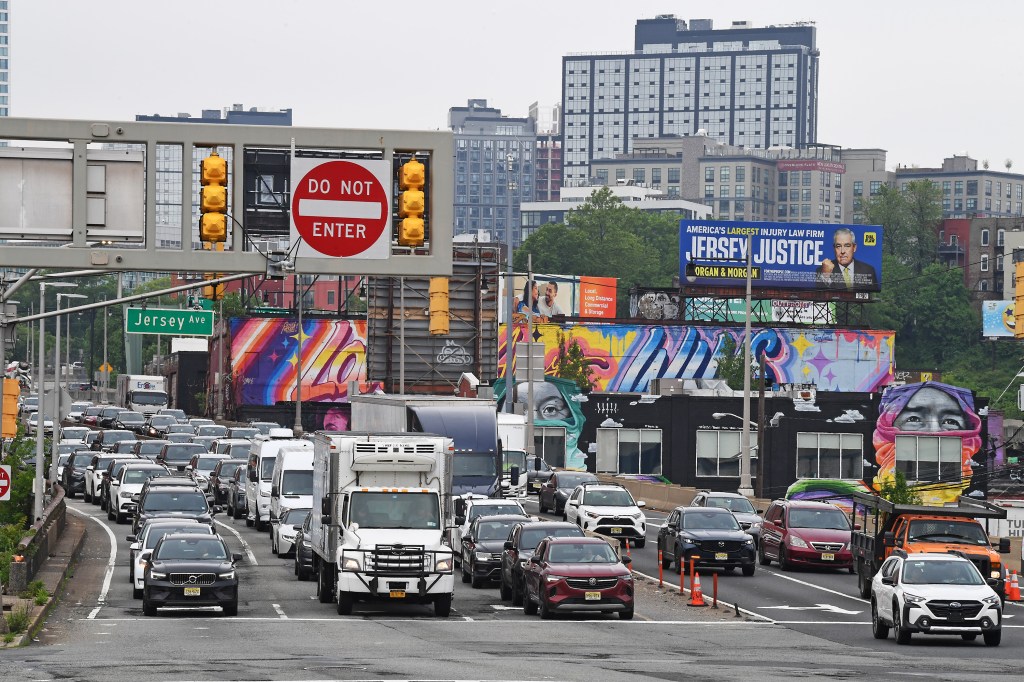
Tim Bechtel, a senior Geosciences professor at Franklin & Marshall College, told The Post the sinkhole problem dates back to the American colonial era, when the area was rife with zinc mines that have since been depleted, creating voids that have never been filled.
“If you have to close Route 80 that paralyzes everything. People traveling for work, for pleasure, for whatever, they need to get from Point A to Point B and Route 80 carries a lot of that traffic,” he said.
He estimated the state DOT — which he noted was “chronically underfunded” — would need to spend hundreds of millions if not billions to preemptively find the abandoned underground mines and fill them up in order to ensure no future sinkholes form.
“We really all need to cross our finger and hope that one of these does not happen catastrophically and lead to death and injury,” he said.
“It’s going to be a nuisance, so it’s about balancing the level of nuisance with the level of threat these sinkholes present.”
The post New Jersey bracing for summer of travel hell with looming NJ Transit strike, Newark airport delays and I-80 sinkhole: ‘It’s going to be ugly’ appeared first on New York Post.


